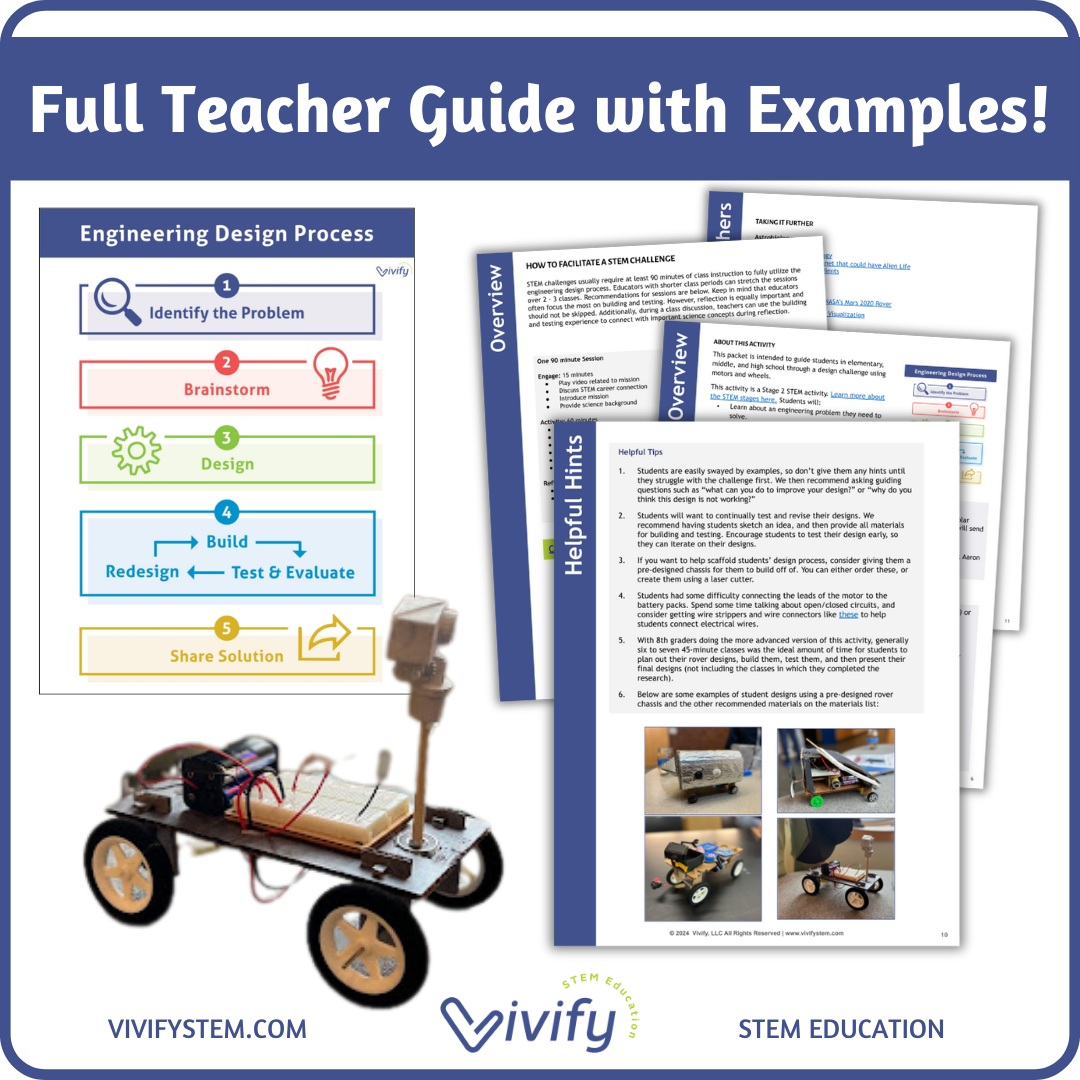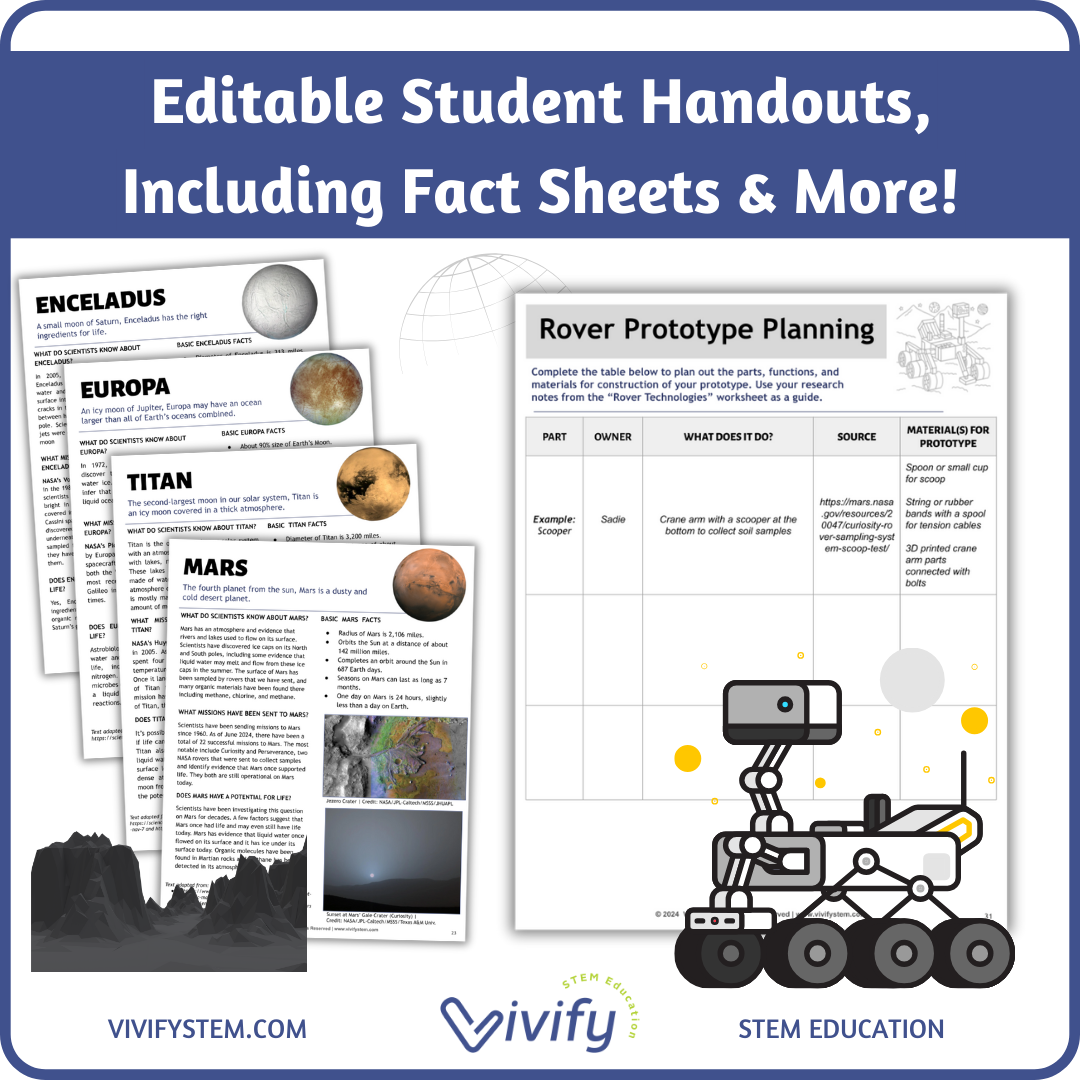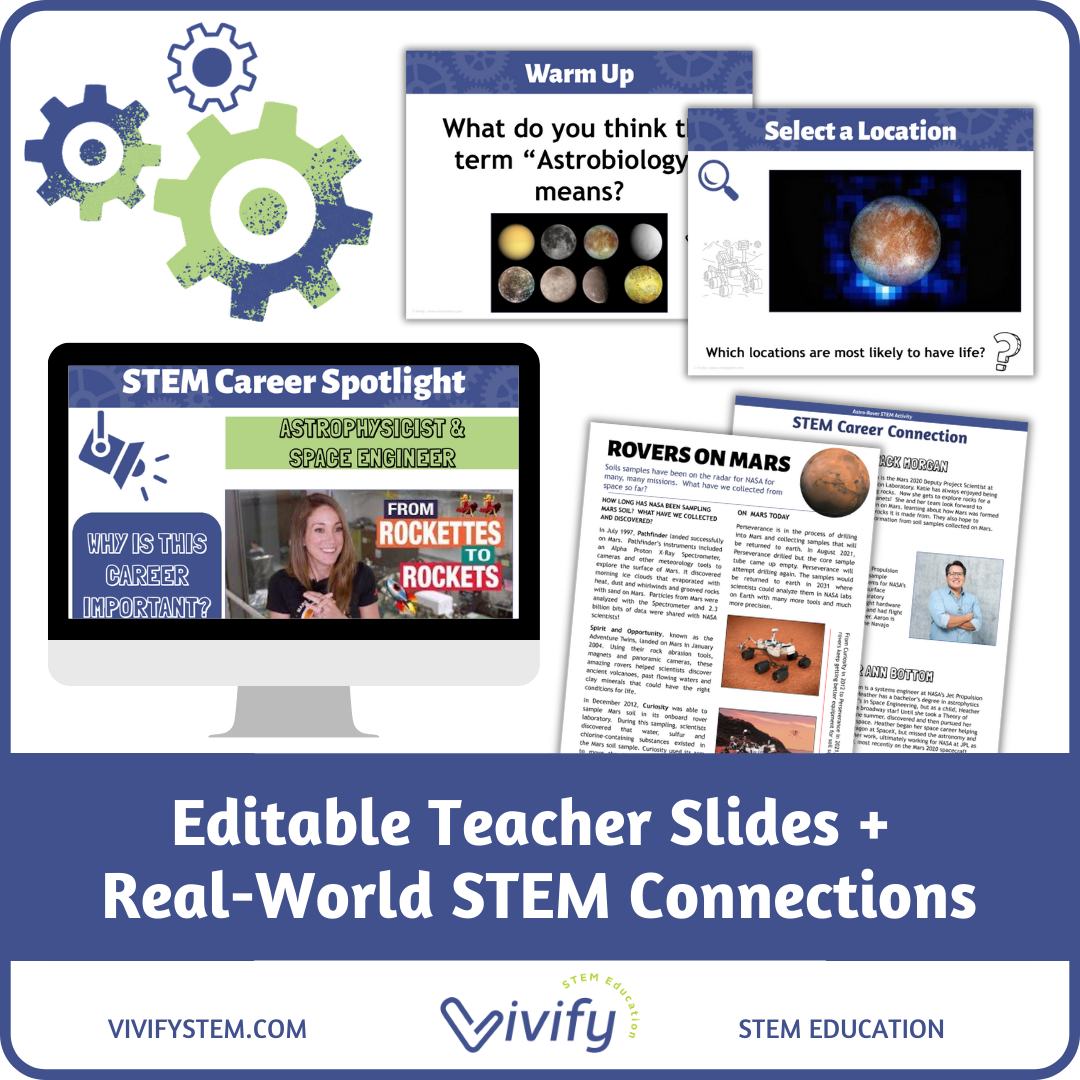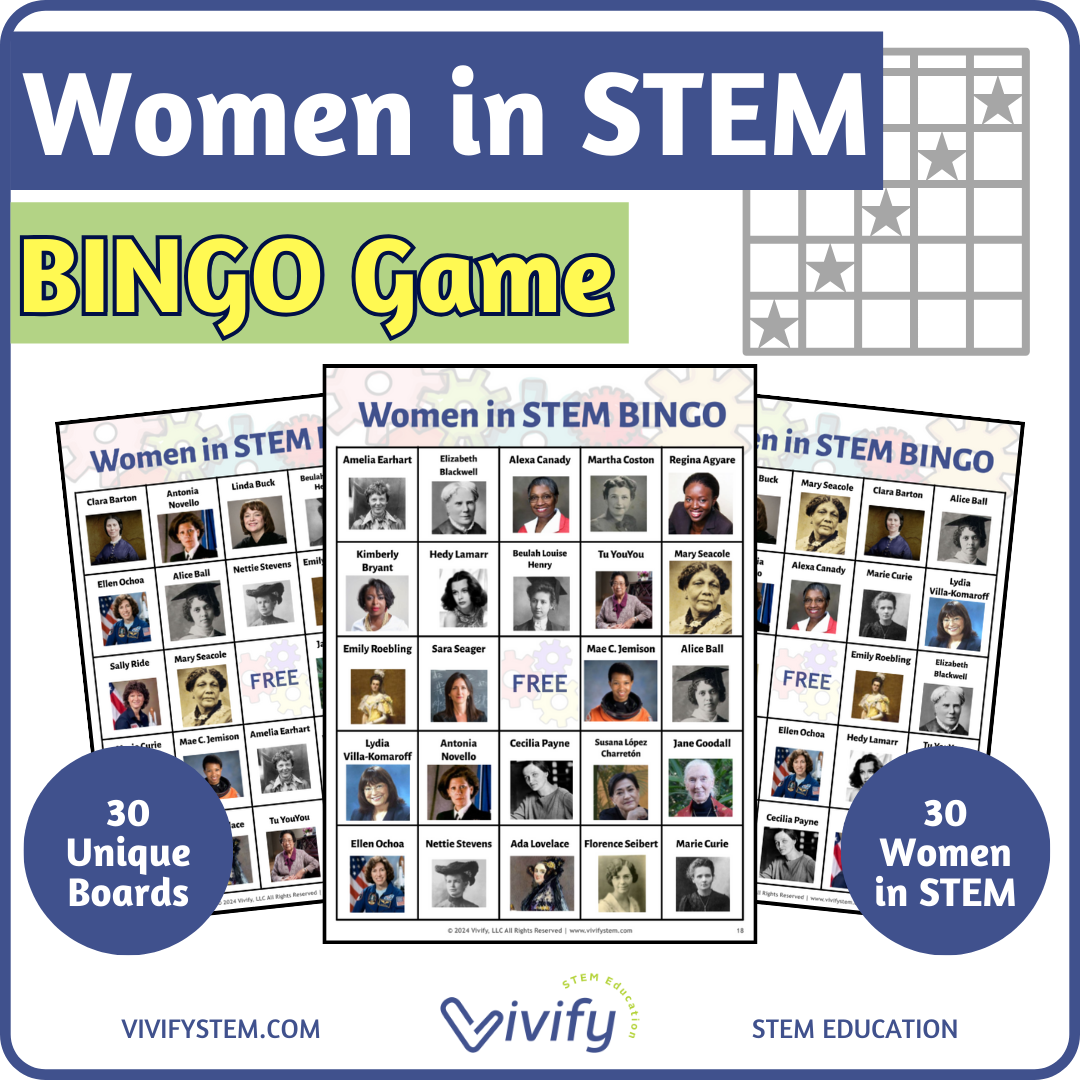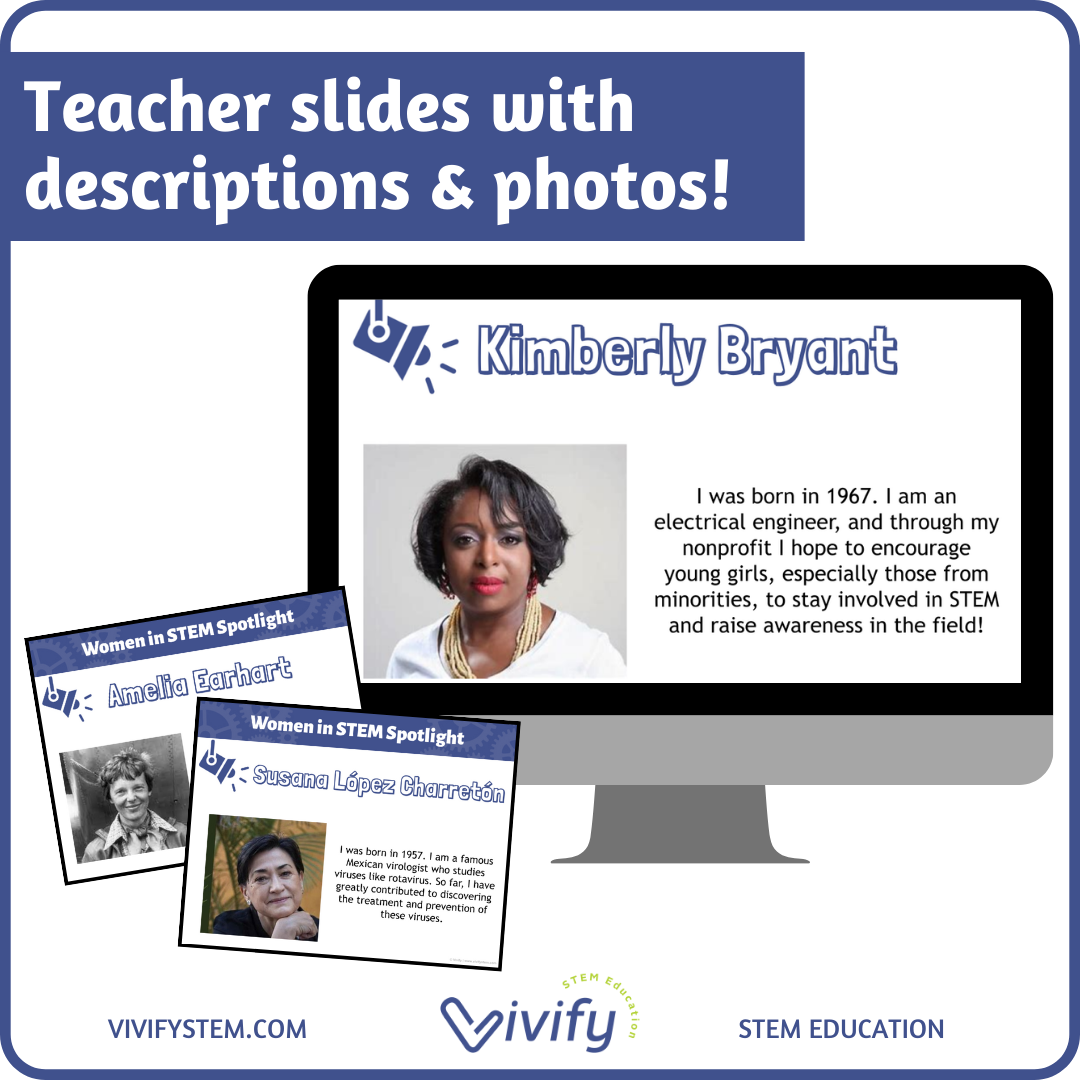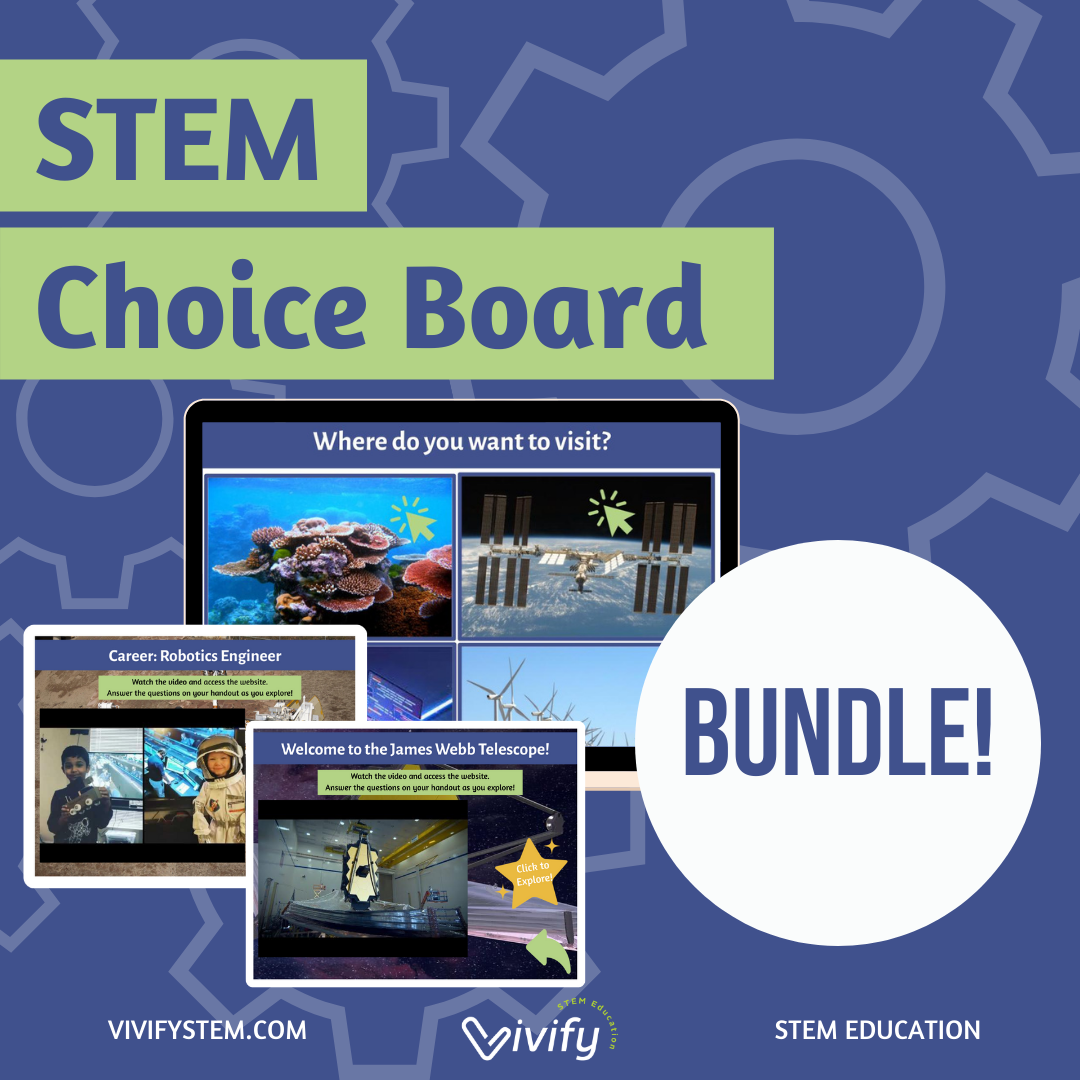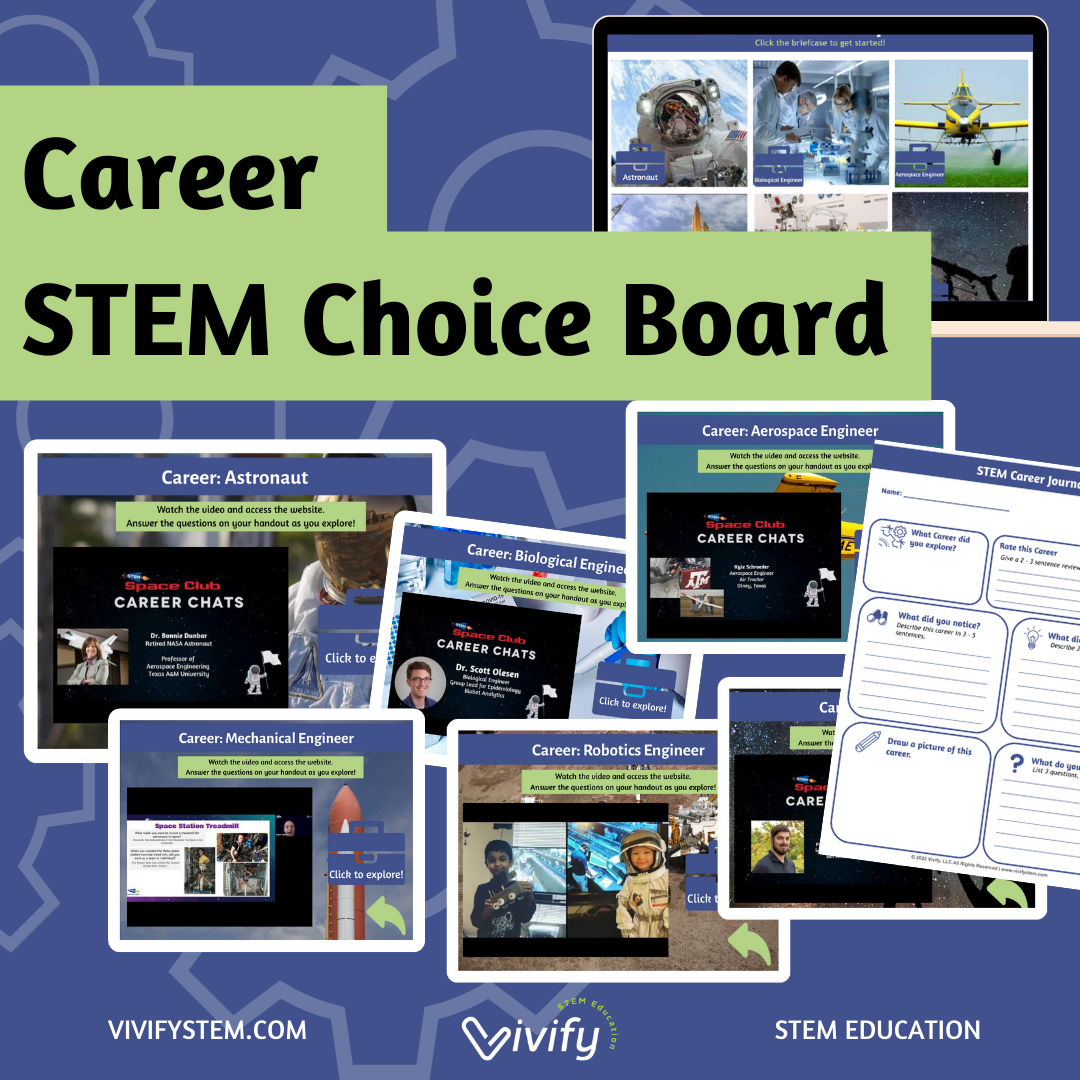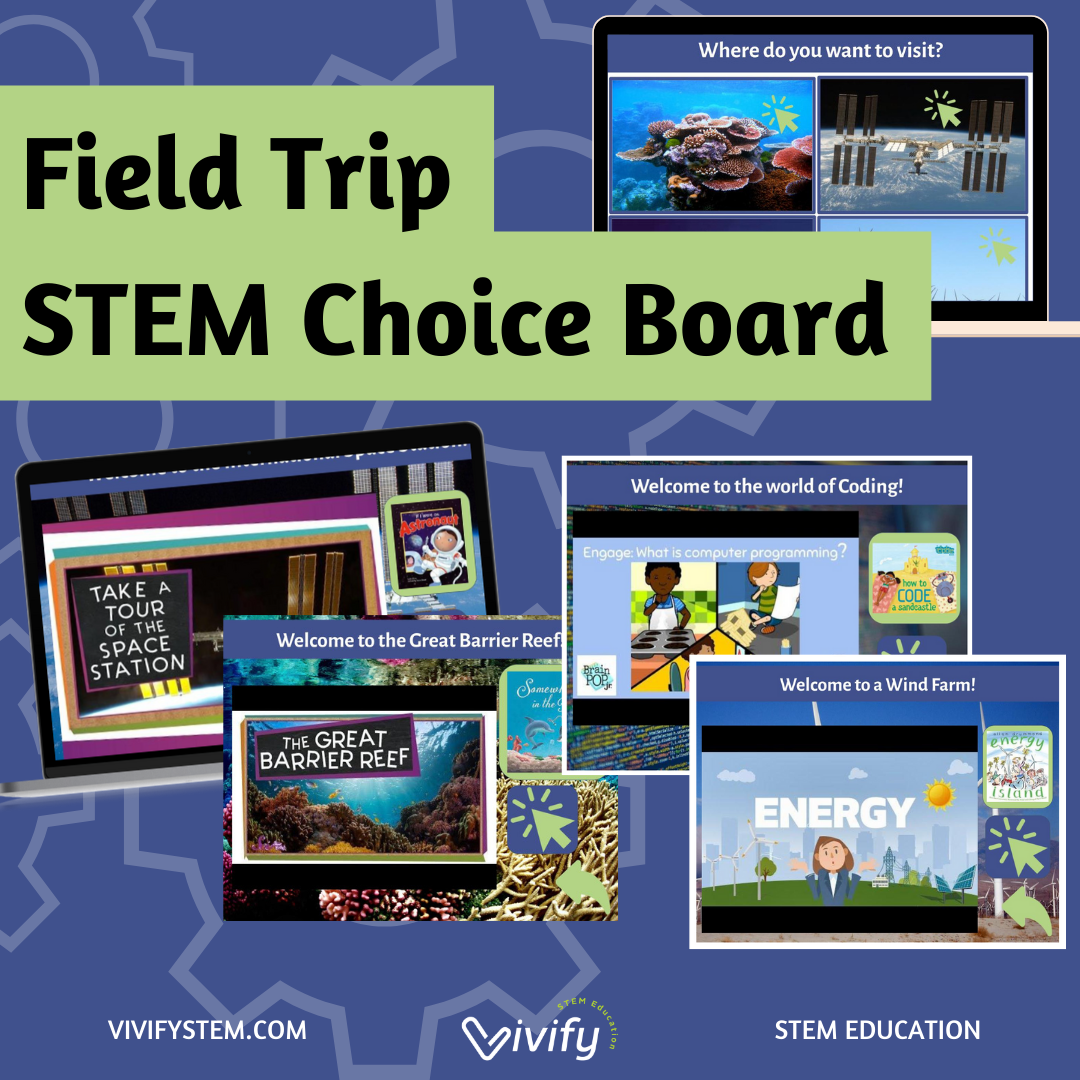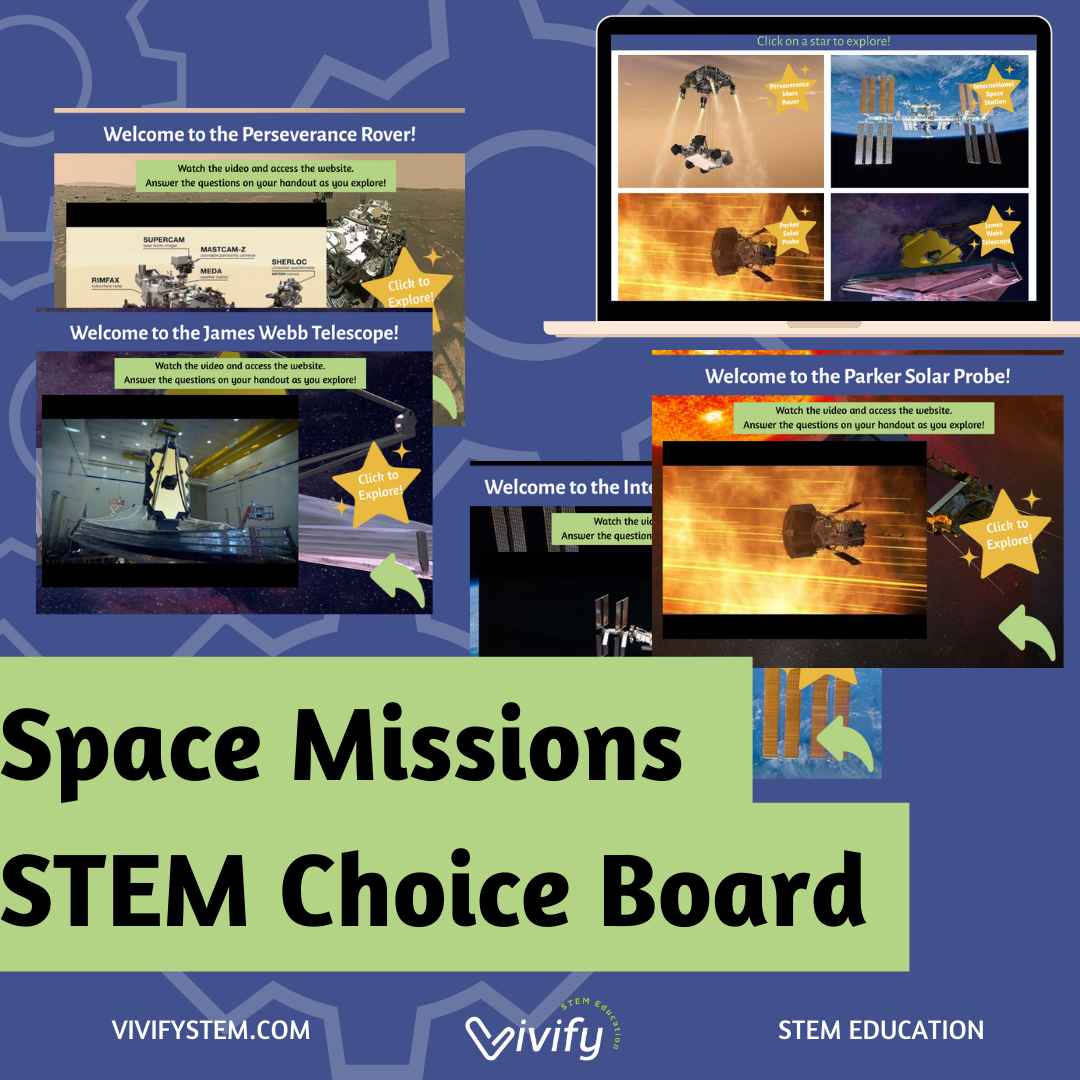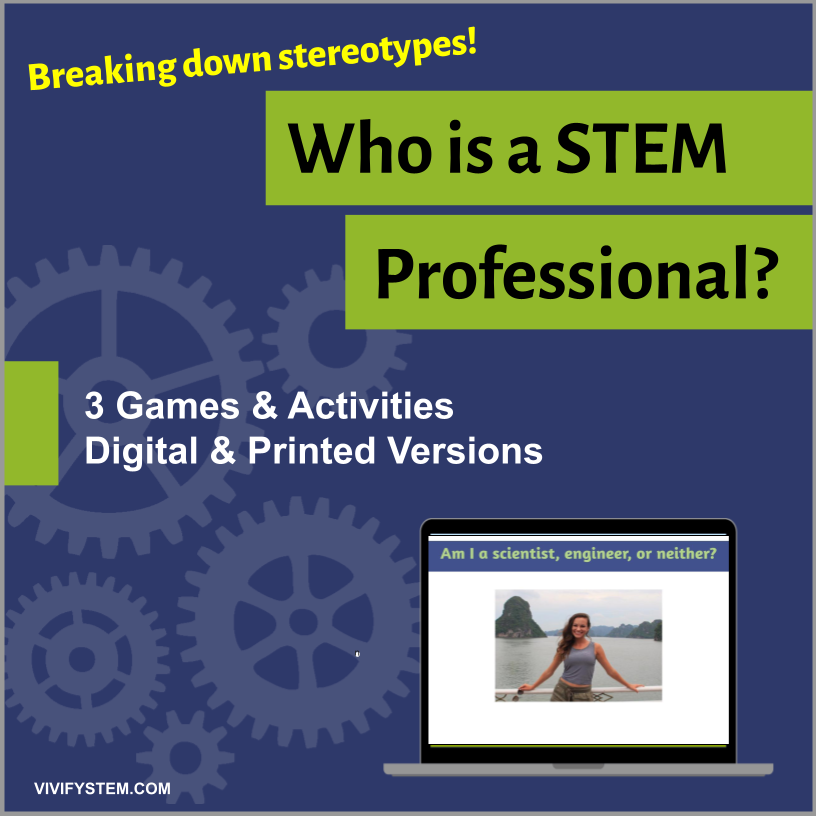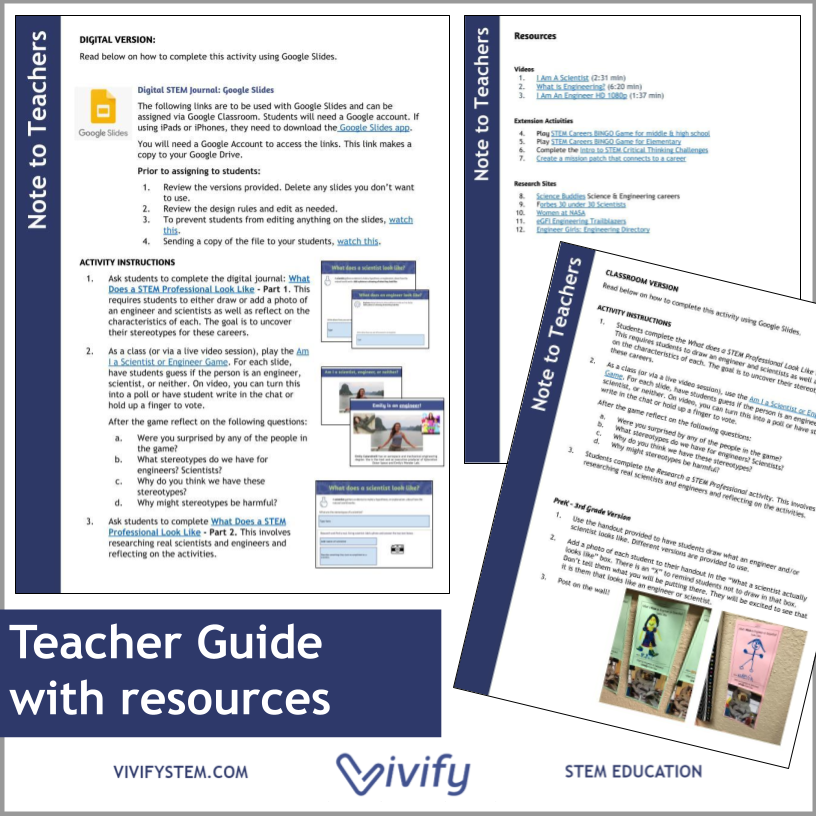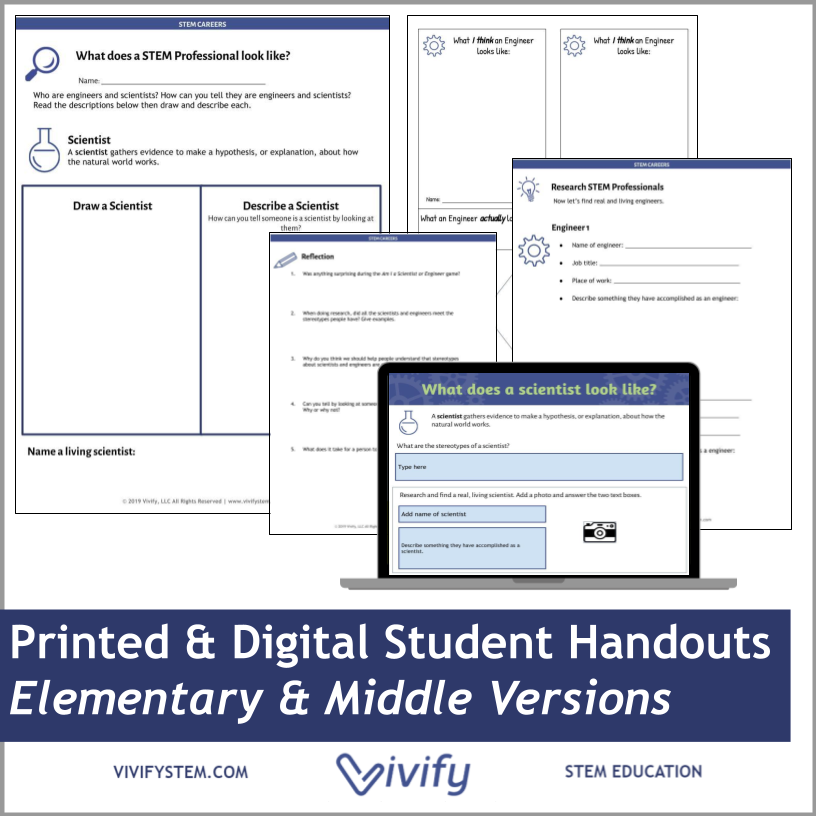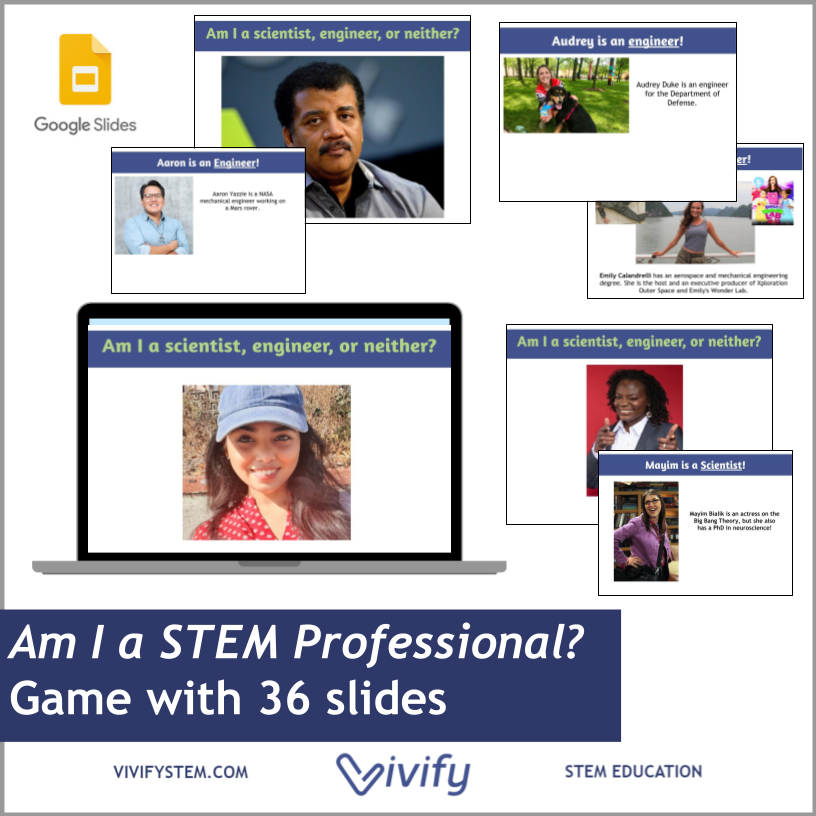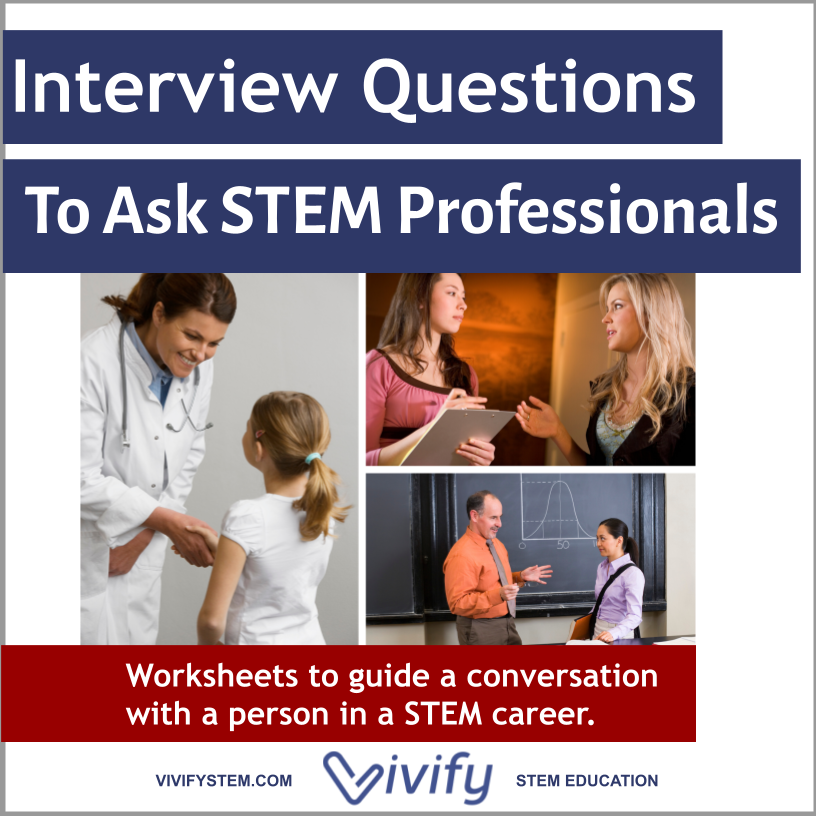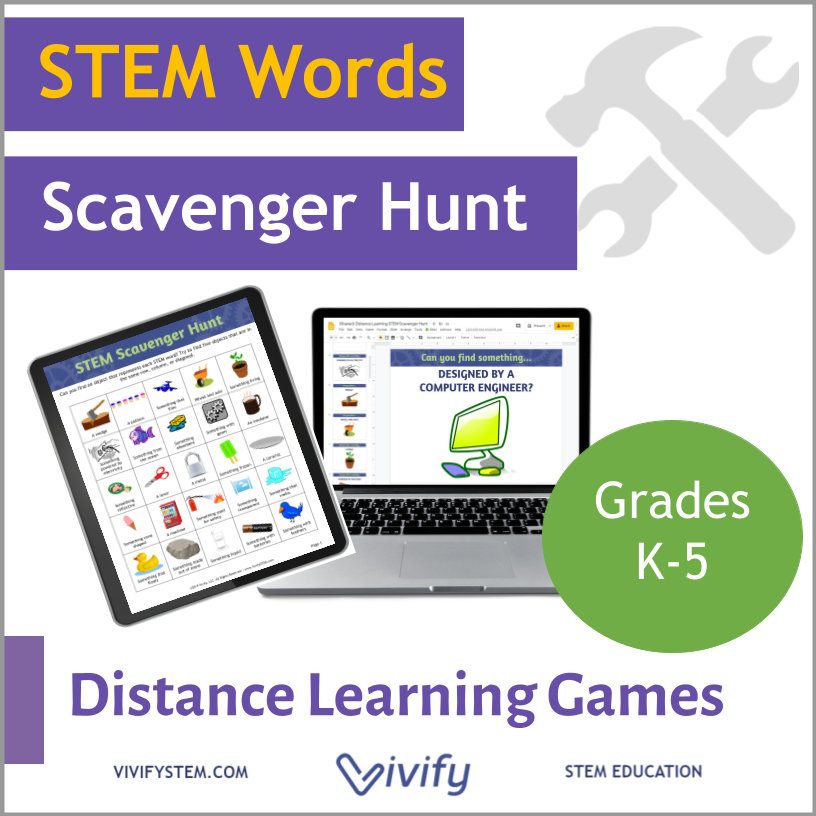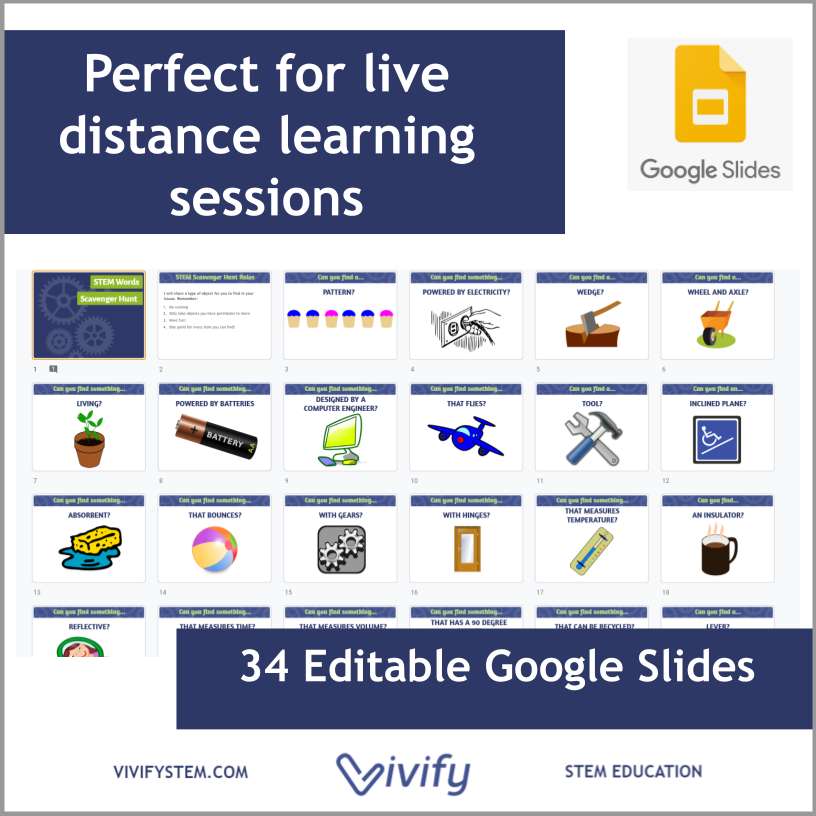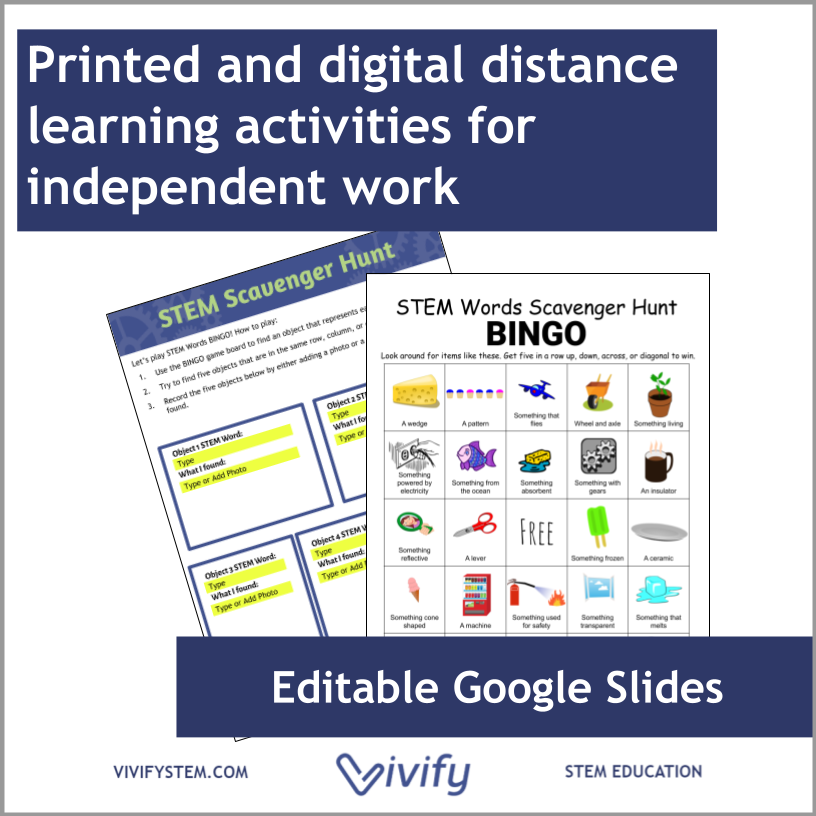Astro-Rover Space Science & Engineering Design Unit
You are an astrobiologist searching for extraterrestrial life in our solar system! NASA has asked you to identify a moon or planet where you would like to send a rover mission to search for life.
Grades: 6th - 9th; Homeschool
Teaching Duration: 3 Weeks
You are an astrobiologist searching for extraterrestrial life in our solar system! NASA has asked you to identify a moon or planet where you would like to send a rover mission to search for life.
Grades: 6th - 9th; Homeschool
Teaching Duration: 3 Weeks
You are an astrobiologist searching for extraterrestrial life in our solar system! NASA has asked you to identify a moon or planet where you would like to send a rover mission to search for life.
Grades: 6th - 9th; Homeschool
Teaching Duration: 3 Weeks
LESSON OVERVIEW
Astro-Rover STEM Challenge: Space Science & Engineering Design Unit
You are an astrobiologist searching for extraterrestrial life in our solar system! NASA has asked you to identify a moon or planet where you would like to send a rover mission to search for life.
This STEM unit challenges students to design a rover to explore extraterrestrial life in our solar system. Students will learn about the necessary ingredients for life, research different rover technologies, and select a location in the solar system to send their rover. Teams will then apply the engineering design process to design and build a rover that can travel a set distance while carrying a sample. The lesson includes teacher instructions, student handouts, and an editable rubric. This is a great unit for an engineering showcase or research project!
This middle school STEM challenge is a great companion for a space science classroom unit, or a STEM unit focused on engineering and astrobiology. Students will:
Learn about astrobiology and ingredients for life
Research and select a location from our solar system (Europa, Enceladus, Titan, or Mars)
Research NASA rover technologies
Design and build a rover prototype using provided motors, axles, and wheels to meet design criteria
Create a poster to share rover design and mission location
Astro-Rover Space Science & Engineering Design Unit includes:
Detailed teacher guide with photos, links, and more
Editable instructional slides with exciting videos
Editable student handouts with real-world STEM connections and photos
Supply list with links
Alignment to NGSS
Editable Assessment Rubric
Suggested Materials:
Short Axles, 2” or 50mm
Long Axles 4” or 100mm
Plastic Wheels (These fit the motors and the axles)
AA Batteries
1 Hot glue gun (recommended) or Elmer’s glue
Masking tape/Duct Tape
Scissors
Small weight for “rock sample”
Straws
Cardboard
Plastic cups
Popsicle sticks
Poster
NGSS
MS-ETS1-1. Define the criteria and constraints of a design problem with sufficient precision to ensure a successful solution, taking into account relevant scientific principles and potential impacts on people and the natural environment that may limit possible solutions.
MS-ETS1-2. Evaluate competing design solutions using a systematic process to determine how well they meet the criteria and constraints of the problem.
MS-ESS1-3: Students can investigate and analyze data to determine the characteristics of various planets and moons in our solar system.
MS-ESS1-4: Students can use models to demonstrate how factors like distance from the sun, composition, and presence of water influence the potential for life. They can also use evidence from geologic features, atmospheric composition, and other factors to support their predictions.


